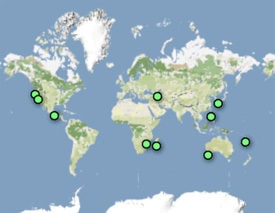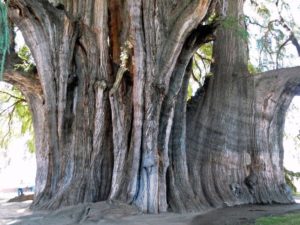Wonder
Reakaly baobab (Ampanihy baobab)
 In short
In short
It is well possible that the giant baobab near Reakaly village at Ampanihy town is the largest tree in Madagascar. The trunk of this beautiful tree has a circumference of some 23 m.
 40.8%
40.8%
GPS coordinates
Location, address
Species
Circumference
Map of the site
If you see this after your page is loaded completely, leafletJS files are missing.
 In detail
In detail
Baobabs of Madagascar
Out of nine species of baobabs that are known to science in Madagascar grow six species of baobabs out of nine known to the science. All these six species grow exclusively in Madagascar. These baobabs are:
- fony baobab (Adansonia rubrostipa) – comparatively smaller baobab, but with very impressive, bottle shaped trunk. Found in the western part of Madagascar.
- Grandidier’s baobab (Adansonia grandidieri) – enormous, beautiful tree, one of symbols of Madagascar. These trees are increasingly rare and grow only in the dry tropical forest of south-western Madagascar. A group of these trees forms the famous “Avenue of Baobabs”.
- Madagascar baobab (Adansonia madagascariensis) – large tree, found in the north of the island.
- Perrier’s baobab (Adansonia perrieri) – large, up to 30 m tall tree which is very rare and found only in the north of island.
- Suarez baobab (Adansonia suarezensis) – large trees with characteristi flat-topped crown, found only in the north of the island.
- za baobab (Adansonia za) – most common baobab in Madagascar, reaches very large size.
Largest tree in Madagascar?
Reakaly village is located in the south-west of Madagascar – an area with the unique Madagascaran dry forest ecosystem. This eerie landscape is adorned with spiky, greyish-brown plants of fantastic forms.
Not far from this village is located a sacred tree – baobab of giant size. This picturesque tree is surrounded by a small grove of smaller trees and bushes and is revered by locals for centuries long. According to local legends, in the 12th century in the hollow (approximately 20 m² large) of this tree were hiding people of the Zanakang clan from the hostile Fahavalo clan.
This fantastic tree belongs to Adansonia za species. The trunk of the tree has a circumference of 23 m, which makes it the largest known tree in Madagascar. Plaque at the tree notes that the circumference is 27 m, but this most likely is the circumference at the ground level.
In the hollow of Reakaly baobab live hundreds of bats, countless cockroaches, and other living beings. Under the tree lives (or lived?) even Madagascar ground boa.
Images of this tree are available here:
- Dave’s Garden, PlantFiles: Picture #1 of Baobab (Adansonia za)
- Dave’s Garden, PlantFiles Pictures: chanin picture (Baobab (Adansonia za))
- routard.com, Le baobab d’Ampanihy
References
- Jérôme Hutin, Madagascar, Venerable Trees.
Reakaly baobab is included in the following articles:
 Linked articles
Linked articles
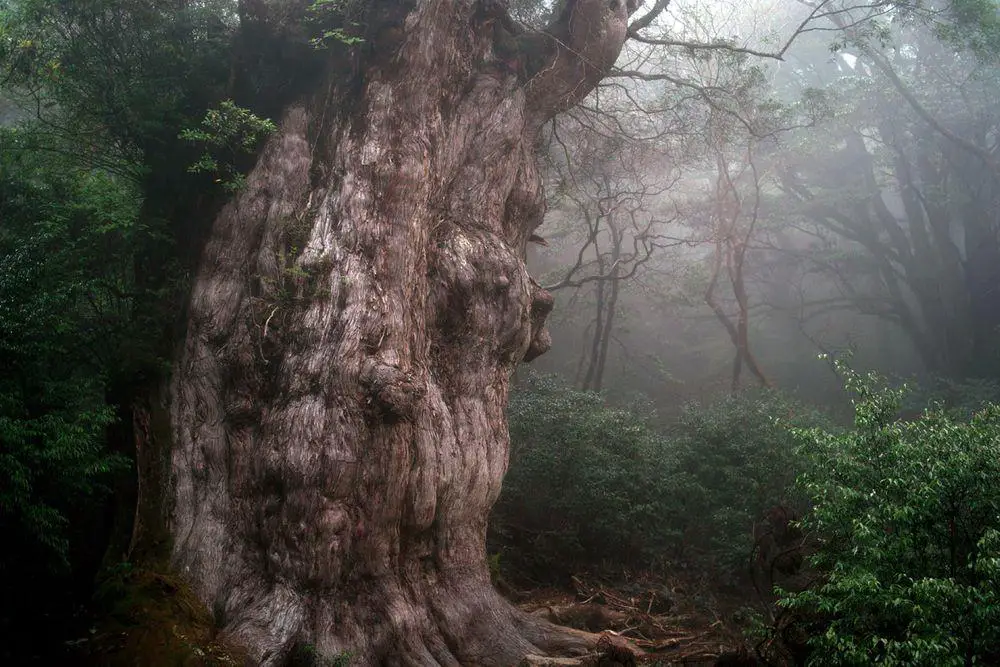
Trees
The category includes some of the most impressive and interesting separate trees in the world. The total number of tree species in the world still is a wild guess – maybe 10,000 and maybe 100,000 but most likely somewhere in between. Every month there are reported new tree species from the whole world, including Western Europe.
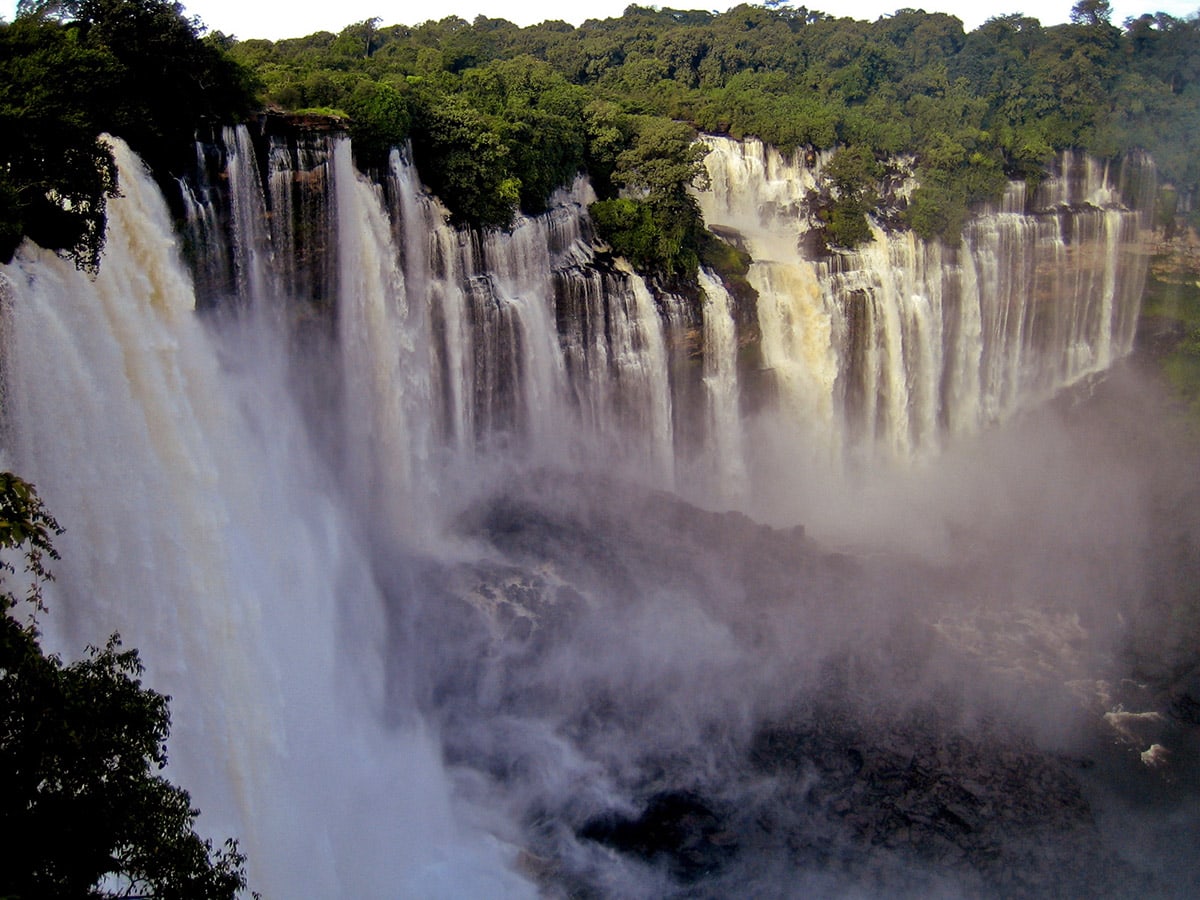
Wonders of Africa
Africa has many outstanding wonders and some of the most surprising ones are the heritage of Egyptian civilization, the vernacular architecture of the Sahel region, tropical ecosystems, and others.
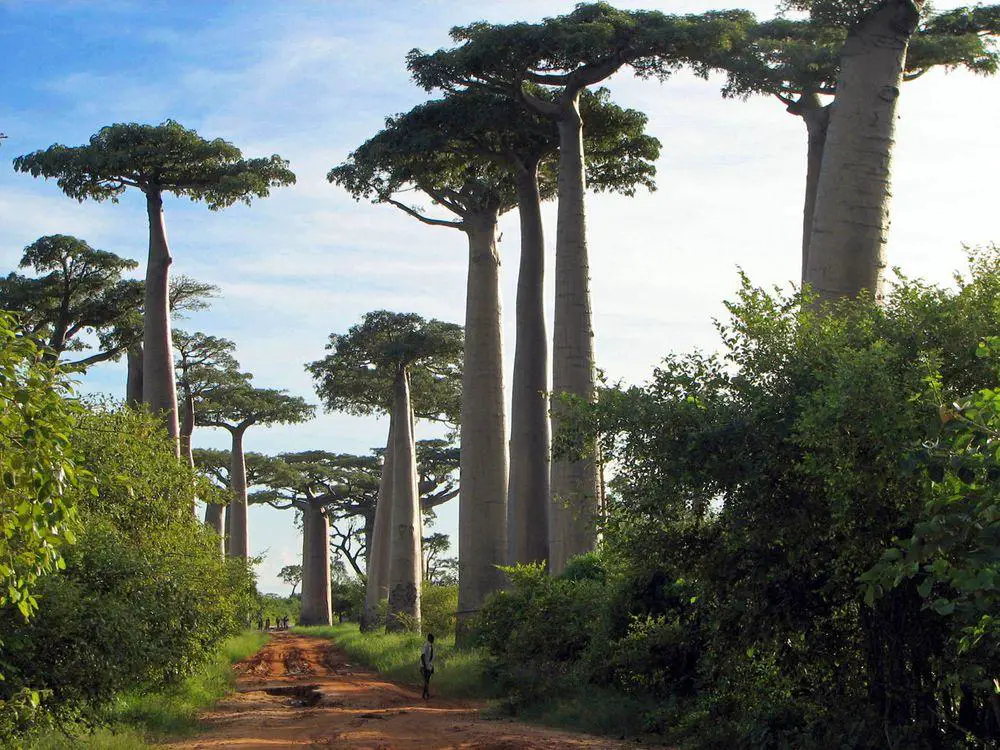
Wonders of Madagascar
Madagascar is affluent with surprising natural landmarks – created both by geological processes and living nature. Highlights of Madagascar are karst features, unusual ecosystems, and gorgeous and rare gemstones.
 Recommended books
Recommended books
Giant Trees of Western America and the World
As a child growing up in the Fraser Valley, Al Carder was awed by the ancient Douglas fir forest and spent hours staring up at trees that commonly stood over 300 feet high. Sixty years later, after retiring from his career as a plant biologist, he set out to find the trees that had transfixed him in his youth. Discovering many of them felled by storms or loggers, he determined to document those that were left before they could vanish from our memories as well as from our landscapes.
Forest Giants of the World: Past and Present
Ever since the forest primeval, men and women have walked among the trees and admired their beauty, and wondered at their size. How big are these magnificent things, anyway? We moderns are wont to measure, categorize, and document, and so a book like this is born which is worldwide in scope and not only embraces space but also time. As the author, Al Carder shows us in his study of forest giants the past is as important as the present.

